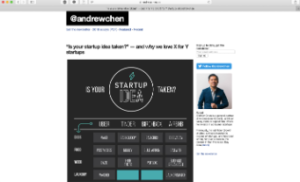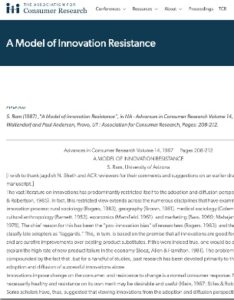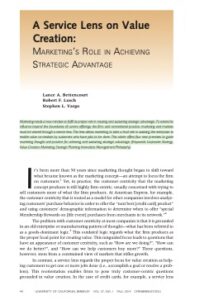Welcome to the Library
Hello. Why don’t you pull up one of those nice comfy chairs. Go on, settle yourself down in front of the crackling fire, with a good cup of tea (or coffee, or something stronger, the choice is yours).
This is my virtual library where I list the books and articles that have sparked my interest and thoughts. I’m not intending to give a detailed review of these books. Rather, just to highlight points of interest.
If you’re looking for the list of references, then you should try here.
I hope you find the items in the library as interesting and thought inspiring as I have! If you’ve got any comments or suggestions of other books and articles, please let me know!
Rinne, A. (2019)
Bass, F. M. (1963)
Describes an imitation model to explain when two types of distinct market segments (innovators and imitators) are likely to make a first purchase of a product. This later evolves into Bass' Diffusion model for innovation.
Fagerberg, J. (2008)
Steffens, P.R., Murthy, D.N.P. (1992)
you would need “to experience the innovation to be comfortable with it”
Ram, S. (1987)
Bass, F. M. (1969)
Develops a growth model and theory for when a consumer makes their first purchase of new consumer products. This is now known better as Bass Diffusion Model. And it helps us with several questions about adoption, such as how many products should we produce per year; what are the true sizes of Rogers adopter types.
Ellen MacArthur Foundation (2017)
Groenewald, T (2004)
“A researcher applying phenomenology is concerned with the lived experiences of the people involved, or who were involved, with the issue that is being researched.”
Bettencourt, Lusch, and Vargo. (2014)
“While the customer always participates in value creation, the customer can have a more or less active role in the service provision itself. Thus, in matching its resources and capabilities, a company must decide where on a continuum of “enabling” to “relieving” service it will be because this impacts the service role of the customer. […]










